The outstanding Peninsular and Waterloo pair awarded to Colour-Sergeant George Baller, 95th Rifles; one of the original men who embarked with the 1st Battalion in 1809, he was twice captured and five times wounded in the course of his career. Baller served throughout the Peninsular War in Captain O'Hare's No. 3 Company, a renowned fighting unit which included such personalities as Tom Plunket and Ned Costello. This Company held the vital bridge at Barba del Puerco against a night ambush by a French Brigade. It was at the forefront of the critical Combat of the Coa, when French hussars overwhelmed the Company and Baller was taken prisoner. He escaped from the fortress of Vittoria and joined the Spanish partisans, training them as riflemen. His story mirrors that of Rifleman Dodd, the fictional hero of C. S. Forester's Death to the French. After several fights, during which he was wounded by a Polish lancer, Baller made it back single-handedly to his regiment at Lisbon. After Fuentes d'Onor and the storming of Cuidad Rodrigo, Baller was promoted to Sergeant before the walls of Badajoz. He took part in the assault on the breach, and by early 1813 was such a physical wreck that the surgeons transferred him to hospital in England. In 1814, despite his condition, Baller volunteered for service in The Low Countries. He received horrific wounds in close-quarter fighting in the assault on Merxen and at the battles of Quatre Bras and Waterloo. By 1816 he was in a pitiful state; his petition for a Royal Hospital pension makes for tearful reading. Worn-out and impoverished, Baller was buried at Brompton Cemetery in a pauper's grave. A headstone was finally laid at a re-dedication ceremony in 2007. Military General Service 1793-1814, 4 clasps, Fuentes D’Onor, Ciudad Rodrigo, Badajoz, Salamanca (G. Baller, Serjeant, 95th Foot, Rifles.); Waterloo 1815 (Serj. George Baller, 1st Batt. 95th Reg. Foot.), fitted with original steel clip and split-ring suspension, the clip neatly re-affixed with solder, some very light contact marks, otherwise good very fine (2) George Baller was born at Chewton Mendip, near Wells in Somerset, on 21 January 1787, the son of George and Mary Baller. Together with his friend George Pardoe, another Chewton boy, he enlisted for ‘limited service’ in the 95th Foot (Rifles) at Plymouth Dock on 12 May 1809, receiving an £11 bounty. He was then aged 22, giving his civilian trade as ‘saddler’. His attestation papers reveal a man ‘five feet six and a half inches high, of sallow complexion, green eyes and light brown hair.’ Baller hastened by packet-boat to Dover, where the 1st Battalion, 95th Rifles was being re-formed after its ordeal at Corunna four months earlier. In that harrowing retreat the 95th had proved the value of their new mode of fighting, Rifleman Thomas Plunket gaining legendary status for shooting a French Brigadier and his ADC at 600 yards. In reward, Horse Guards granted the 95th a 3rd Battalion, to which many Corunna veterans now transferred. This gave room in the 1st Battalion for new men such as George Baller. Baller joined Captain Peter O’Hare’s No. 3 Company, formed largely of volunteers from the South Lincolnshire Militia. One of its new subalterns, George Simmons, had actually been commissioned in gratitude for persuading so many of his fellow militiamen to join the 95th. By contrast, O’Hare was one of the regiment’s first officers when it formed as the ‘Experimental Corps of Riflemen’ in 1800. He had fought in twelve battles, including the 1806-7 River Plate campaign, and was chosen to train these raw recruits. Tom Plunket, now a Corporal, joined No. 3 Company as a role-model to the men. Several other important characters served under O’Hare: Robert Fairfoot became one of the 95th’s most respected NCOs, while Ned Costello needs no introduction. Over the next six years, No. 3 Company built a reputation as the hardest-fighting unit, in the elite Battalion, of the 95th Rifles. On 25 May 1809, with a str
The outstanding Peninsular and Waterloo pair awarded to Colour-Sergeant George Baller, 95th Rifles; one of the original men who embarked with the 1st Battalion in 1809, he was twice captured and five times wounded in the course of his career. Baller served throughout the Peninsular War in Captain O'Hare's No. 3 Company, a renowned fighting unit which included such personalities as Tom Plunket and Ned Costello. This Company held the vital bridge at Barba del Puerco against a night ambush by a French Brigade. It was at the forefront of the critical Combat of the Coa, when French hussars overwhelmed the Company and Baller was taken prisoner. He escaped from the fortress of Vittoria and joined the Spanish partisans, training them as riflemen. His story mirrors that of Rifleman Dodd, the fictional hero of C. S. Forester's Death to the French. After several fights, during which he was wounded by a Polish lancer, Baller made it back single-handedly to his regiment at Lisbon. After Fuentes d'Onor and the storming of Cuidad Rodrigo, Baller was promoted to Sergeant before the walls of Badajoz. He took part in the assault on the breach, and by early 1813 was such a physical wreck that the surgeons transferred him to hospital in England. In 1814, despite his condition, Baller volunteered for service in The Low Countries. He received horrific wounds in close-quarter fighting in the assault on Merxen and at the battles of Quatre Bras and Waterloo. By 1816 he was in a pitiful state; his petition for a Royal Hospital pension makes for tearful reading. Worn-out and impoverished, Baller was buried at Brompton Cemetery in a pauper's grave. A headstone was finally laid at a re-dedication ceremony in 2007. Military General Service 1793-1814, 4 clasps, Fuentes D’Onor, Ciudad Rodrigo, Badajoz, Salamanca (G. Baller, Serjeant, 95th Foot, Rifles.); Waterloo 1815 (Serj. George Baller, 1st Batt. 95th Reg. Foot.), fitted with original steel clip and split-ring suspension, the clip neatly re-affixed with solder, some very light contact marks, otherwise good very fine (2) George Baller was born at Chewton Mendip, near Wells in Somerset, on 21 January 1787, the son of George and Mary Baller. Together with his friend George Pardoe, another Chewton boy, he enlisted for ‘limited service’ in the 95th Foot (Rifles) at Plymouth Dock on 12 May 1809, receiving an £11 bounty. He was then aged 22, giving his civilian trade as ‘saddler’. His attestation papers reveal a man ‘five feet six and a half inches high, of sallow complexion, green eyes and light brown hair.’ Baller hastened by packet-boat to Dover, where the 1st Battalion, 95th Rifles was being re-formed after its ordeal at Corunna four months earlier. In that harrowing retreat the 95th had proved the value of their new mode of fighting, Rifleman Thomas Plunket gaining legendary status for shooting a French Brigadier and his ADC at 600 yards. In reward, Horse Guards granted the 95th a 3rd Battalion, to which many Corunna veterans now transferred. This gave room in the 1st Battalion for new men such as George Baller. Baller joined Captain Peter O’Hare’s No. 3 Company, formed largely of volunteers from the South Lincolnshire Militia. One of its new subalterns, George Simmons, had actually been commissioned in gratitude for persuading so many of his fellow militiamen to join the 95th. By contrast, O’Hare was one of the regiment’s first officers when it formed as the ‘Experimental Corps of Riflemen’ in 1800. He had fought in twelve battles, including the 1806-7 River Plate campaign, and was chosen to train these raw recruits. Tom Plunket, now a Corporal, joined No. 3 Company as a role-model to the men. Several other important characters served under O’Hare: Robert Fairfoot became one of the 95th’s most respected NCOs, while Ned Costello needs no introduction. Over the next six years, No. 3 Company built a reputation as the hardest-fighting unit, in the elite Battalion, of the 95th Rifles. On 25 May 1809, with a str

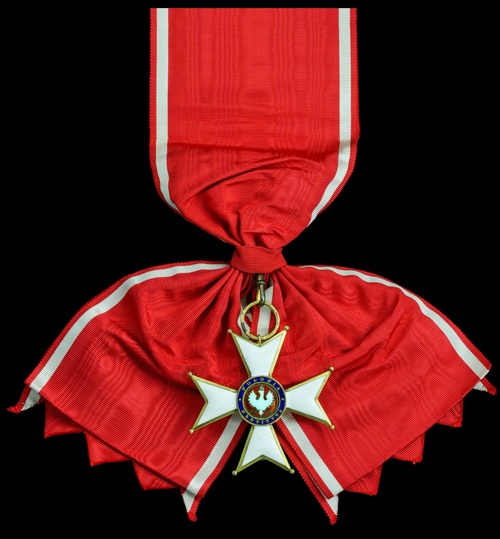
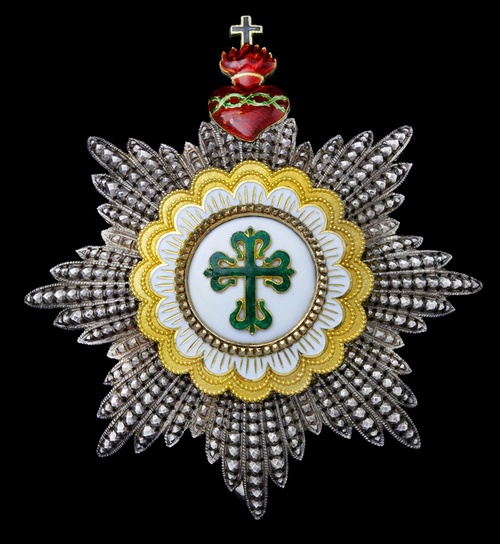
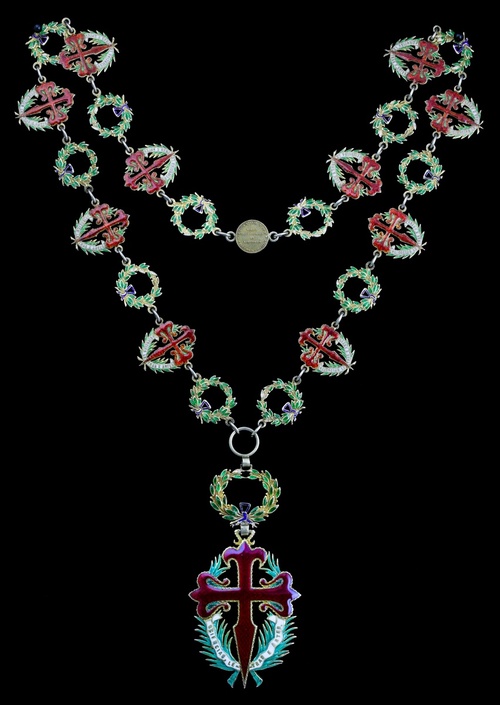
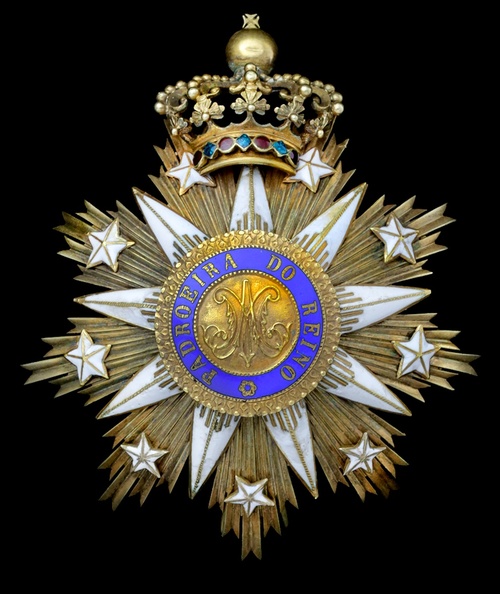

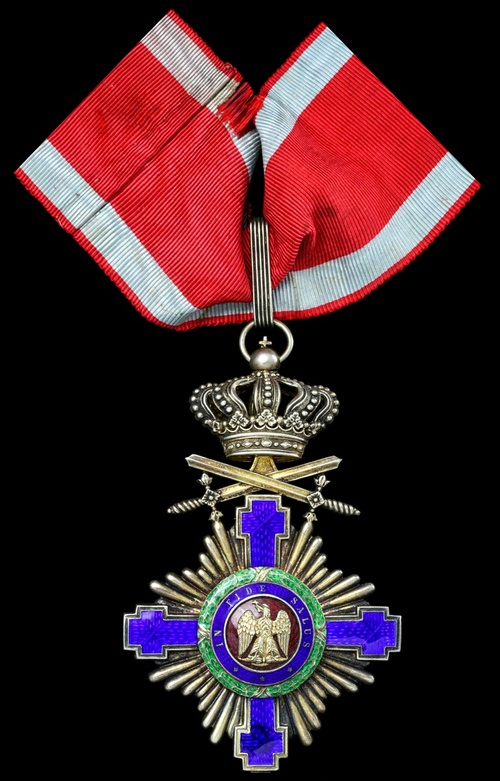
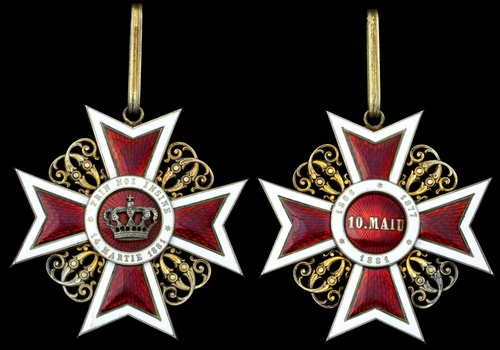
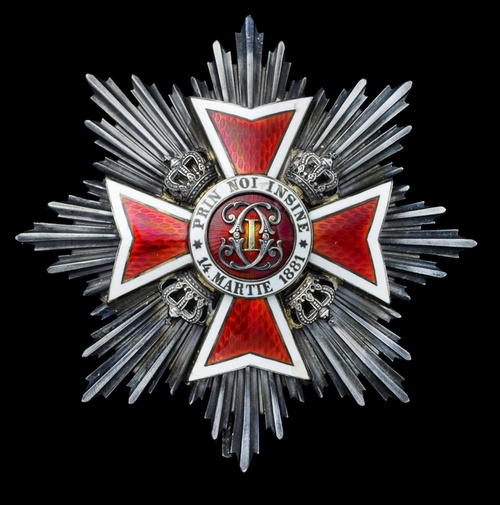
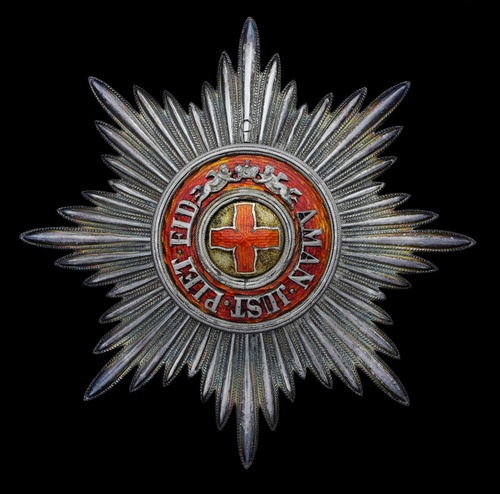

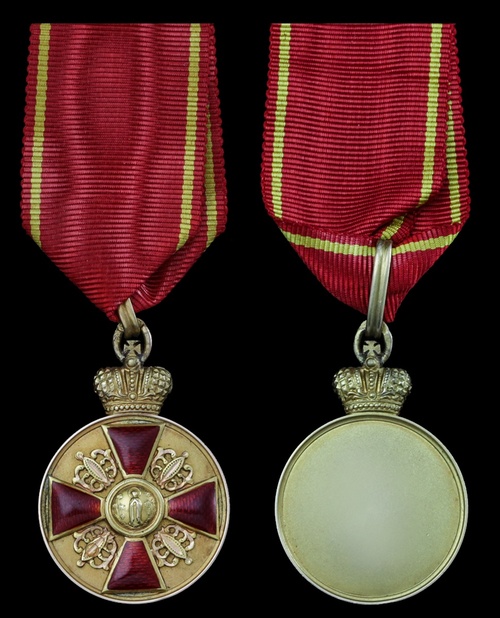
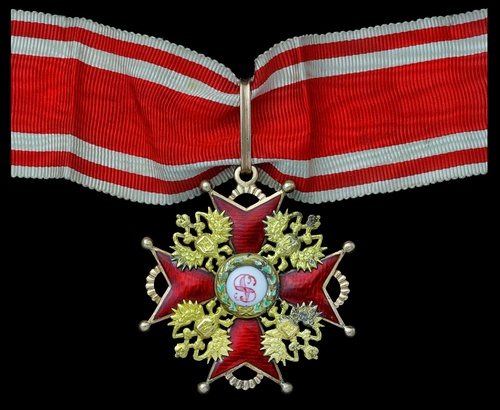
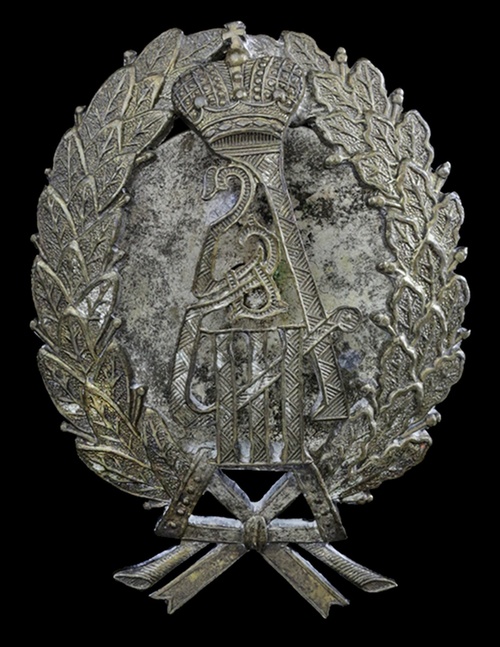
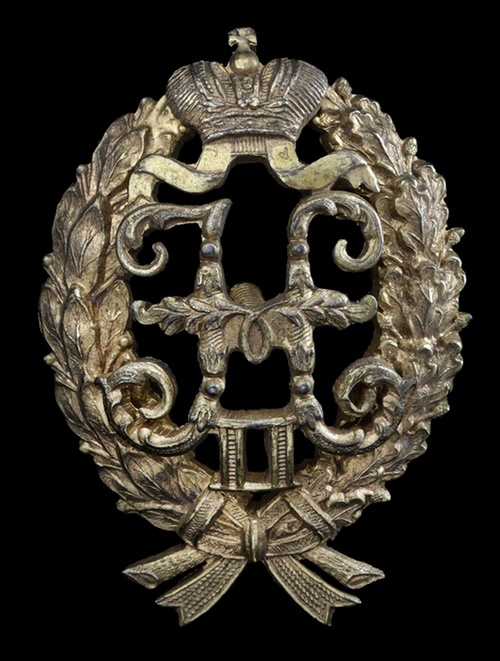
Try LotSearch and its premium features for 7 days - without any costs!
Be notified automatically about new items in upcoming auctions.
Create an alert